
The following request has been posted on the US Access Fund site for some time and the closing date is approaching on Thursday 4 February for people to submit their comments. At present the exact impact of the proposed Merced River Plan is not clear but the possible implications may well affect access to almost all the major crags in the valley.

Your Chance to Influence Climbing Policy in Yosemite
We need your help to influence the latest Merced River Plan, which could restrict climbing access and camping in Yosemite Valley.
When Congress designated the Merced River a Wild and Scenic River in 1987, Yosemite National Park was directed to establish a user capacity program and develop a plan that protected the river's unique values while providing for public recreation. In 1997 the Merced River flooded Yosemite Valley destroying lodging, bridges, roads, utilities, and campsites. In addition to attracting widespread public attention and funding for reconstruction, the flood reignited conflicts among users in Yosemite Valley and the longstanding debate over how many people the valley should accommodate.
The Park Service used the flood and their obligation to put together a river plan as an opportunity to reinvent Yosemite Valley by reducing traffic, restoring developed land, improving campgrounds and other facilities, and creating a user capacity program. However, a few small local interest groups sued Yosemite National Park claiming that 1) the planned reconstruction projects would damage the Merced River corridor, and 2) the Park's user capacity program failed to protect the river's unique values.
In this lawsuit the Access Fund, American Alpine Club, and several national conservation organizations, sided with Yosemite in defense of their user capacity methodology for protecting the river. The scientific community also supported Yosemite's approach. Instead of specific numeric limits on visitors, Yosemite focused on adaptive management actions to protect park resources and visitor experiences. After several years and numerous rounds of litigation, Yosemite lost the lawsuit, with the courts ruling that the Park must prepare a new plan and establish a cap on visitor use in the Merced River corridor. In addition to ignoring the best available science for resource protection and visitor use, this expensive litigation (which cost taxpayers over $1.25 million) will also likely guide management policies in other wild and scenic river areas such as the Tuolumne River, Zion National Park in Utah, the Red River Gorge in Kentucky, and the Obed River in Tennessee.
The latest Merced River Plan is important to climbers because Yosemite could restrict climbing access and camping in the Valley, depending on how the Park prepares its new revised user capacity program. At issue is access to iconic climbs including those found on The Rostrum, Cookie Cliff, and Middle Cathedral Rock (everything ¼ mile on either side of the river). This plan will also affect all travel through the management area to locations just outside the river corridor, which brings into play all climbing in Yosemite Valley including El Capitan and even Half Dome. Another consequence of this litigation is the increased likelihood that camping will become even more scarce while the number of lodging units remains largely unchanged.
Yosemite should have a final Merced River Plan by 2012, and the public has several opportunities to make their voices heard. Please write Yosemite National Park by February 4 and support the preservation of climbing access in the Valley! See below a draft letter – feel free to add your own points or edit the language and put it in your own words.
Read the report on the Access Fund site and submit your comments





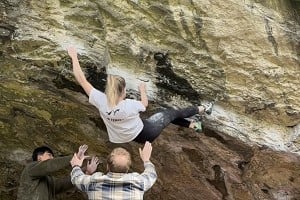
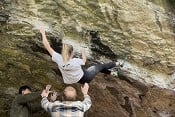


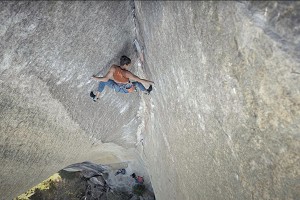
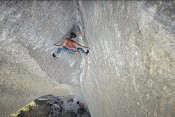
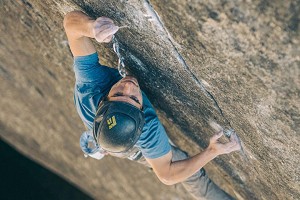
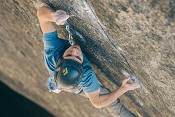
Comments